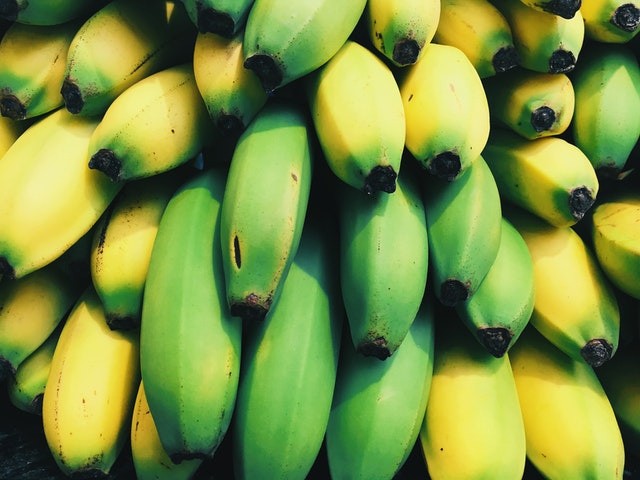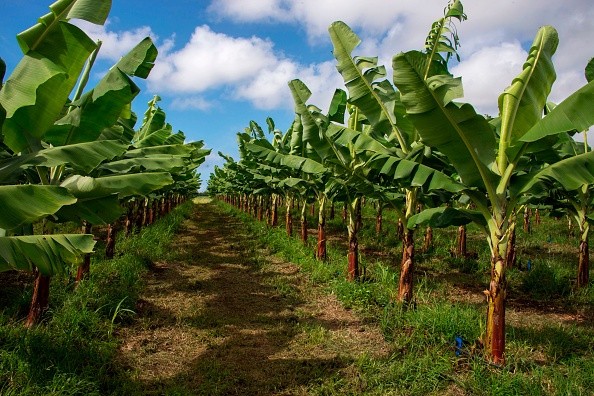There are some parts of Ethiopia where enset - a close relative of the banana - are grown and eaten. Outside of the Horn of Africa, mostly in the West, no one know about crop, despite the fact that natives have been utilizing it to create porridge and bread for decades now.

False Banana May Increase Food Security
However, you should pay attention since enset has the potential to become a new global staple. In places where conventional crops are threatened by rising temperatures or extreme weather, scientists predict that enset can help feed more than 100 million people, enhancing food security.
The Intergovernmental Panel on Climate Change (IPCC) predicts that, on average, global temperatures will rise by 1.5°C during the next two decades.
More than two-thirds (66%) of the world's calories come from crops like wheat, corn, and soy, which are anticipated to decline as temperatures rise. In a high greenhouse gas emissions scenario, for example, maize yields could fall by 24% by 2030.
Sub-Saharan Africa's economies are heavily reliant on rain-fed agriculture, hence climate change has a disproportionate impact on them, according to ZME Science.
A significant restructuring of the agriculture sector is therefore likely in order to survive the impacts on climate change and maintain farmers' livelihoods, since agriculture provides crucial food for human consumption and feed for livestock.
The introduction of new crops that are not already rotated may be necessary for this change, and enset may play a role in this.
What Researchers Know About Enset
Perennial Enset (Ensete ventricosum) bears a single fruit in the course of its 10-year lifespan. Due to its resemblance to the banana, it is known as the Ethiopian banana, Abyssinian banana, or false banana.
About 20 million Ethiopians rely on this ancient domesticated crop, which was first farmed about 8,000 years ago in the country's south and southwest. Enset is a versatile crop that can be used for a variety of purposes, including animal feed, clothing and mat production, and even the construction of homes.
Ethiopians, unlike those who consume sweet bananas, ignore the enset fruit in favor of its starchy stems and roots, which they use to create porridge and bread. Eset may improve food security through a variety of ways.
Over multiple years, it can be harvested at any time of the year and in any weather conditions that are suitable for its growth. You can use it to make food and medicine. You can also use it to build things like roofing and packaging.
In addition, the crop helps to stabilize soils and microclimates. It has been dubbed the "tree against hunger" because of its appealing features.

Future Benefits of Enset
Only recently has there been substantial investigation into the potential of the food crop, enset to feed large numbers of people. Researchers at the Royal Botanic Gardens, Kew, led by Dr. James Borrell, have conducted surveys and models on the probable range of enset over the next four decades, and their results are highly optimistic.
In the next few decades, the crop might feed at least 100 million people, benefiting not just Ethiopia, but also Kenya, Uganda, and Rwanda, all of which are at risk of food shortages.
Enset, according to a study published in Environmental Research Letters, may help to augment our diets and compensate for the predicted decreases in rice, wheat, and maize yields caused by climate change.
Related Article : Indigenous Communities in Australia Cultivated Banana 2,000 Years Ago
For more news, updates about crops and similar topics don't forget to follow Nature World News!
© 2025 NatureWorldNews.com All rights reserved. Do not reproduce without permission.





